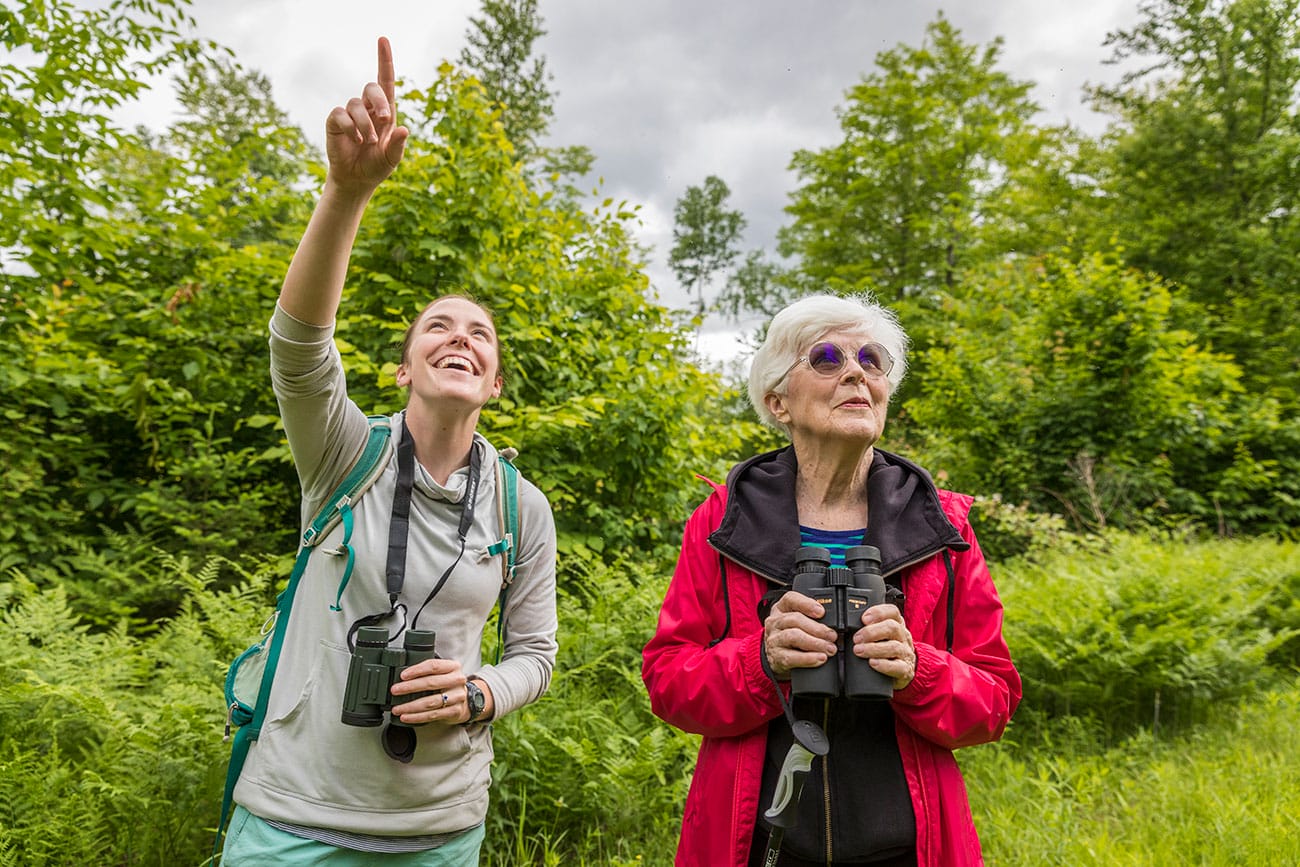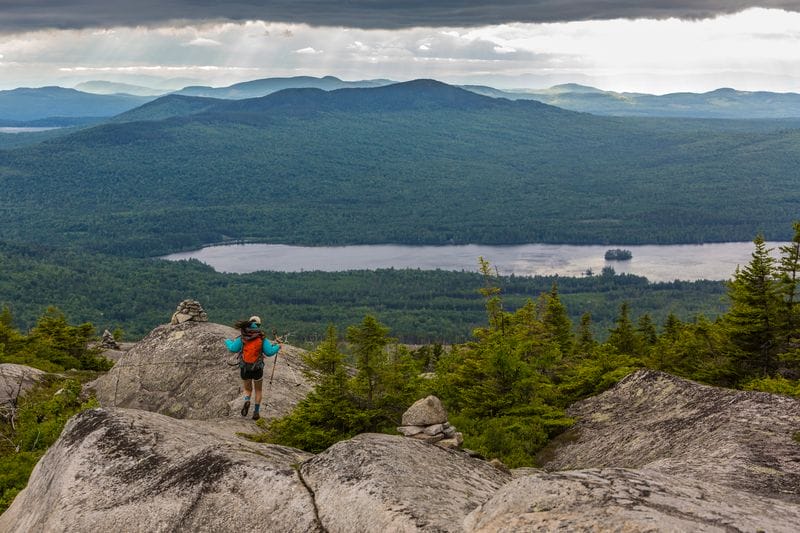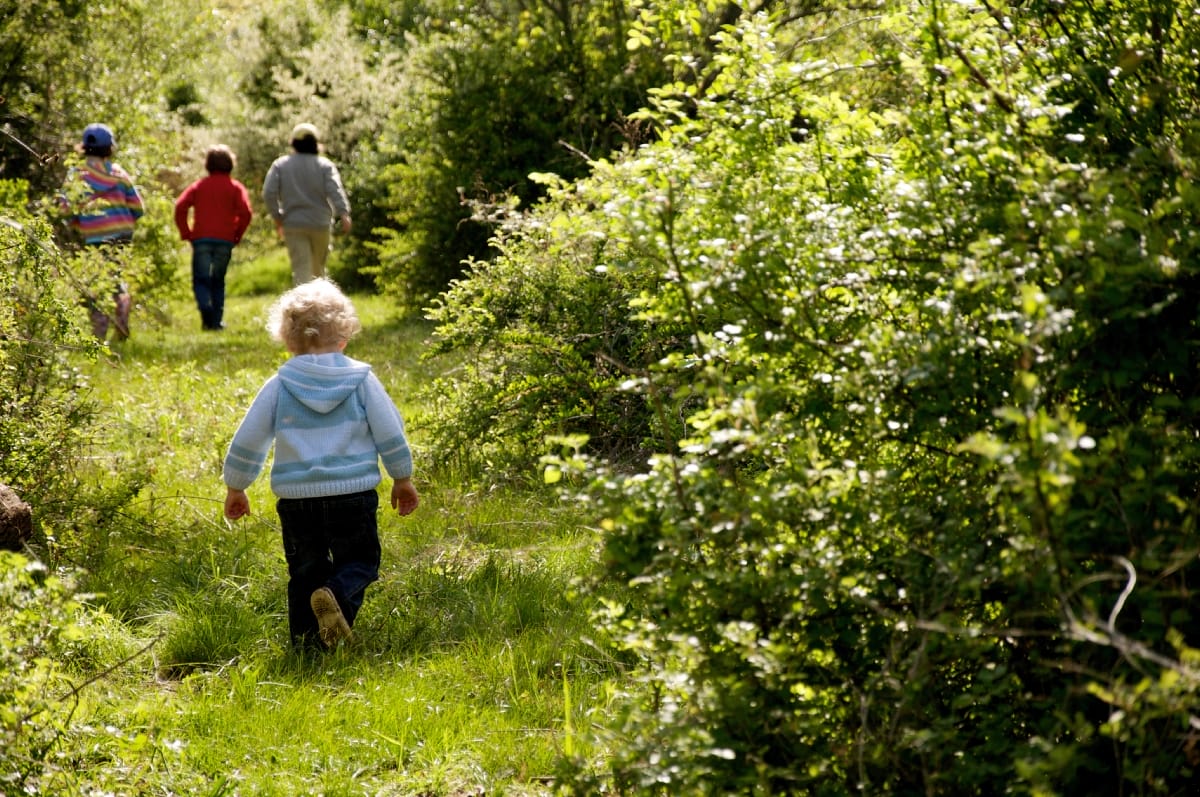
A park grows in Bridgeport
A park grows in Bridgeport
For over 500 years, a lone white oak grew in the heart of the East End of Bridgeport, Connecticut. It stood while the Cupheag people still fished at the mouth of the Pequonnock River, when the Puritans settled in the 1630s, and when a man named Edward Johnson farmed the land around it in the 1830s.
The tree—nicknamed the Johnson Oak—was still standing into the 20th century, as the East End grew into a solidly middle class, predominately African American neighborhood. “When I was growing up here, the East End was really a stronghold for minority home ownership in the city of Bridgeport,” says Tom McMillian, a local leader with deep roots in the East End. “There was industry and factories right near here, and people worked hard to buy homes and send their kids to college.”
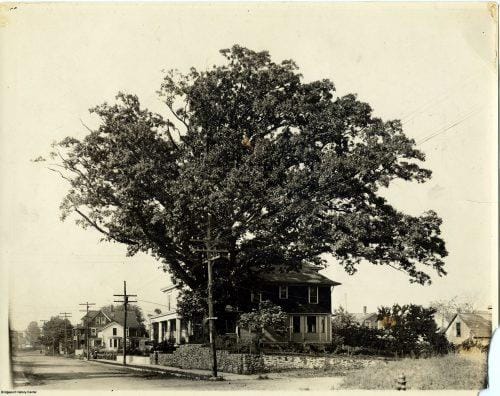 The Johnson Oak stood in the heart of Bridgeport’s East End for over 500 years. Photo credit: Bridgeport Public Library
The Johnson Oak stood in the heart of Bridgeport’s East End for over 500 years. Photo credit: Bridgeport Public Library
In the middle of it all stood the Johnson Oak Tree. By that time well over a hundred feet tall and nearly 30 feet around, it gained fame as “Connecticut’s oldest living resident.” Friends and lovers hid notes for each other in the burls and pockets of its stout trunk. Every year, the Firebird Society—an association of black firefighters in Bridgeport—held its annual picnic under the tree. “It wasn’t a formal park, but it was a gathering spot regardless,” says East Ender Charlie Coviello.
“It had been a place of pride for the East End, and a place where people congregated for good reasons,” says McMillian. Sadly, in 1978, lightning struck the Johnson Oak Tree. Arborists tried but couldn’t save it, and the venerable landmark had to be cut down.
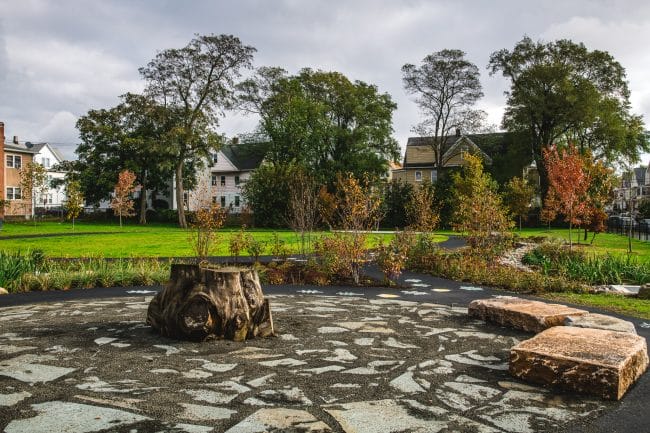 Sadly, lightning struck the Johnson Oak Tree in 1978 and it had to be cut down. Today, a stump sits at the center of the revitalized Johnson Oak Park, a reminder of the spot’s long history as a gathering place for the neighborhood.Photo credit: Nick Benson
Sadly, lightning struck the Johnson Oak Tree in 1978 and it had to be cut down. Today, a stump sits at the center of the revitalized Johnson Oak Park, a reminder of the spot’s long history as a gathering place for the neighborhood.Photo credit: Nick Benson
“Right around then, too, the neighborhood started to change,” says McMillian. As he raised a family in the East End and built a small business, he watched many of his neighbors move away. A new traffic pattern routed most cars off the neighborhood’s main drag, Stratford Avenue, dealing a blow to local businesses like his own. “The market closed down, the grocery store closed down, the fire station closed down. More and more people lost their homes,” he says. “And for a while, the park wasn’t really a place where decent people wanted to go.”
Still, East Enders gathered at Johnson Oak Park and defended it as a shared community space. “There’d be cookouts and picnics, line dances and sack races. The church family and community family were all there,” says neighbor Gloria Brown. It wasn’t much more than a patch of grass and some outdated play equipment, but it was the only the only close-to-home park for many East End residents.
East Enders decided they deserved better. A group called the East End Neighborhood Revitalization Zone advocates for better investments in the East End. Neighborhood leaders connected with The Trust for Public Land, and then students and teachers at nearby Jettie S. Tisdale School joined in. We began working with the community to imagine a beautiful future for this historic shared ground.
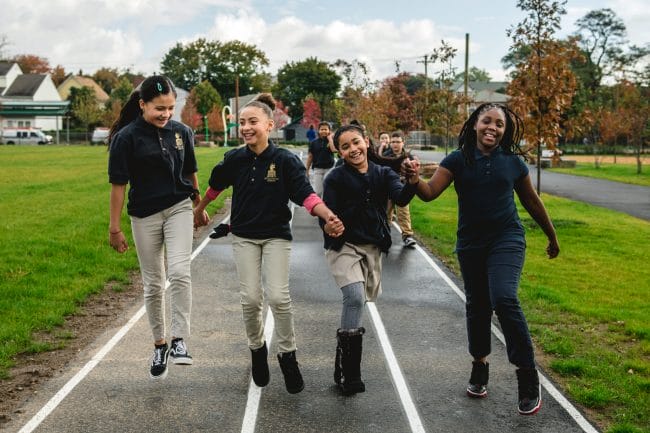 Students at Jettie S. Tisdale School, which borders the park, had a big role to play in its redesign. The 5th grade class learned about landscape architecture and helped choose what features their new park would have.Photo credit: Nick Benson
Students at Jettie S. Tisdale School, which borders the park, had a big role to play in its redesign. The 5th grade class learned about landscape architecture and helped choose what features their new park would have.Photo credit: Nick Benson
Students at Tisdale School and members of the East End Neighborhood Revitalization Zone designed a park packed with fun features: a sports field, a community garden, play equipment, a pavilion, grills and tables, and a splash pad, to name just a few. “It will make a huge difference for our students’ health and wellbeing,” said Dr. Charmaine Worthy, principal at Tisdale School. “It was designed for students by students. They’re excited about the nature classroom, which has a stream bed and a rain garden. And we now have an outdoor stage to have performances. Our basketball and track teams finally have a place to practice.”
Neighbors say the new park is also part of a sense of momentum and investment that’s taking root in the East End. A state-of-the-art library is going in just up the street, and a grocery store and pop-up market are under construction on Stratford Avenue. “There are a lot of good things happening in this community,” says McMillian. “I’m very proud I’m seeing this change happen in my lifetime.”
This month, after over four years of community engagement, fundraising, design, and construction, we’re proud to celebrate the grand re-opening of a fully revitalized Johnson Oak Park. It’s an exciting new chapter for a special place with deep roots in the neighborhood’s identity and history.
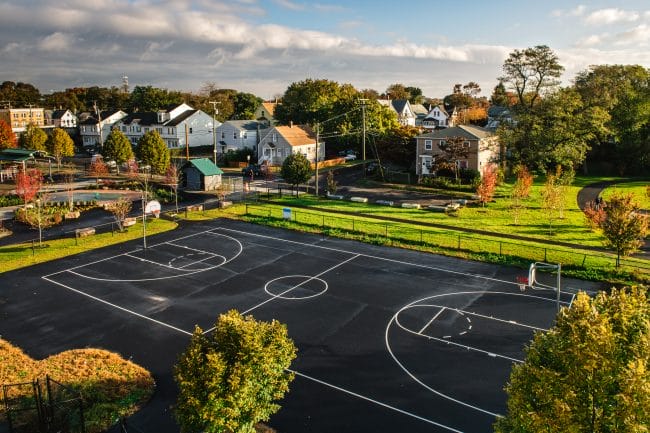 We worked with neighborhood residents and students to design a beautiful, shared space that will welcome everyone in the community.Photo credit: Nick Benson
We worked with neighborhood residents and students to design a beautiful, shared space that will welcome everyone in the community.Photo credit: Nick Benson
“A great neighborhood needs a great park, and Johnson Oak Park will be just that for the East End,” said Keith Williams, president of the East End Neighborhood Revitalization Zone. “Everyone here is looking forward to the contributions that this new park will make to our sense of community.”
Want to help build more parks like these in places across the country? Right now, a generous donor is offering a matching gift of $250,000 to encourage more people to support our vision of a great park within a 10-minute walk of everyone in America. Give before November 27 and your donation will be matched, dollar for dollar.
One-third of Americans, including 28 million children, lack safe, easy access to a park within a 10-minute walk of home. Urge your senators to allocate funding to create parks and enhance outdoor recreational opportunities by championing the Outdoors for All Act today!


Donate to become a member, and you’ll receive a subscription to Land&People magazine, our biannual publication featuring exclusive, inspiring stories about our work connecting everyone to the outdoors.
See how our supporters are helping us connect people to the outdoors across the country.




